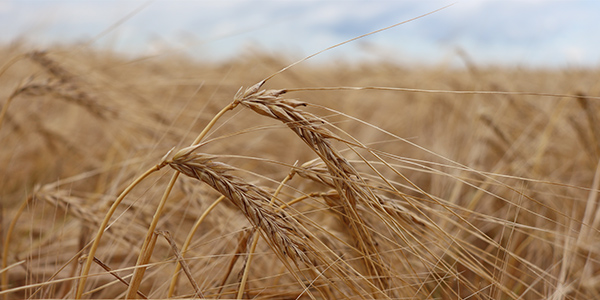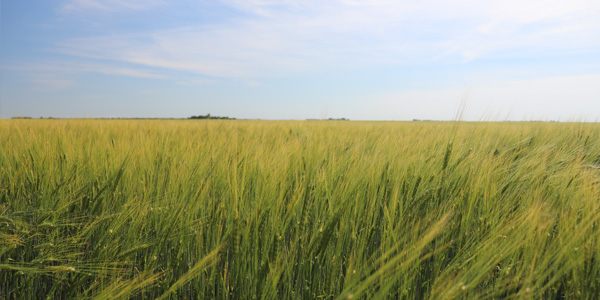Crop Profiles
Barley
Barley seeding often begins in May, with farmers aiming to seed as early as possible to maximize yields, and harvest typically occurs in August. Barley is grown throughout the agricultural regions of Manitoba.
Manitoba’s barley crop is either used domestically for livestock feed or is selected as malt quality by foreign or domestic beverage industries.
The primary use of barley for human consumption is in the form of malt, the main ingredient for producing beer. Approximately 20 percent of the total malting barley grown is selected by maltsters, with the rest used for livestock feed.
Barley can also be processed to produce barley flour, flakes and bran, or be processed to produce pot or pearl barley, although this is a relatively small proportion of the Manitoba barley crop.
Two-row barley was brought to Canada in the early 17th century by European colonists. The first Canadian brewery was built in Quebec City in 1668.
Top Export Destinations**
* Seeded area, production and crop value data are an average of the 2018/19 – 2022/23 crop years. Export value data are an average of the 2017/18 – 2021/22 crop years.
** Manitoba Usage and Top Export Destinations data are an average of the 2017/18 – 2021/22 crop years.
SOURCES: LeftField Commodity Research, Statistics Canada, Canadian Grain Commission and Trade Data Monitor



